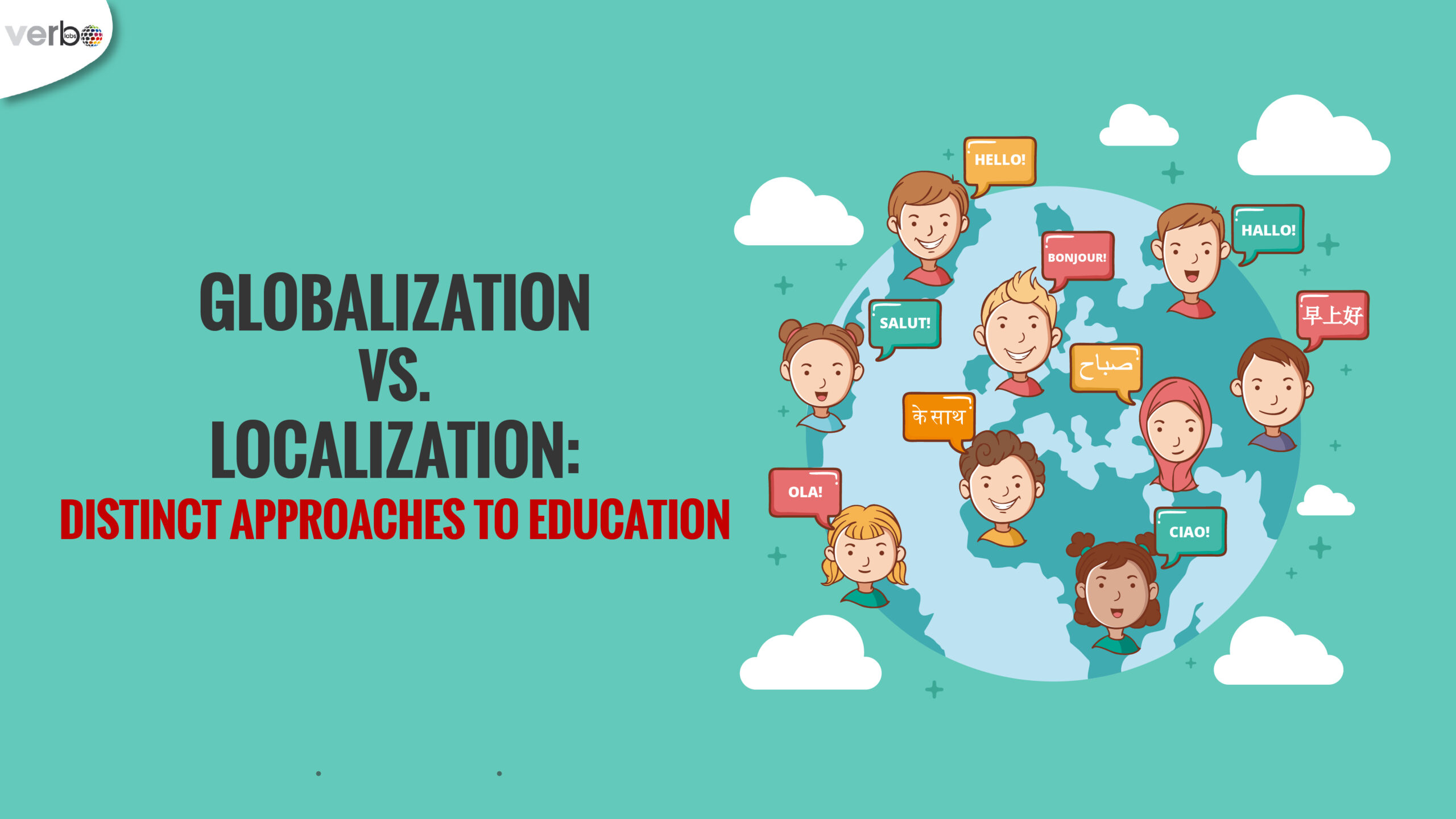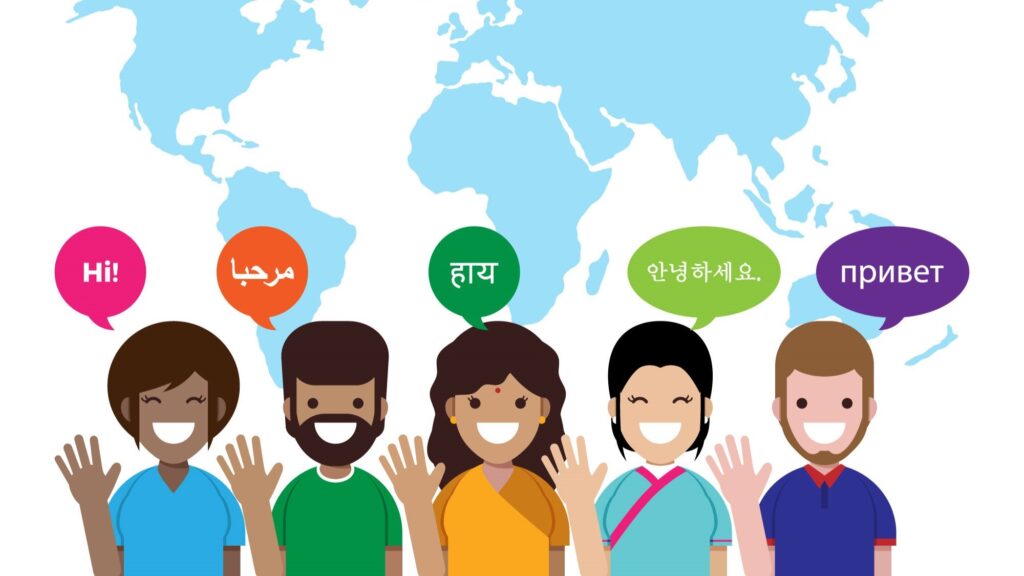
In today’s interconnected world, education systems are transforming to meet the demands of diverse learners and evolving industries. Two of the most discussed strategies in this transformation are globalization and localization. While both aim to enhance learning outcomes, their approaches differ significantly. Understanding these distinctions is essential for educators, policymakers, and institutions looking to deliver effective and inclusive education.
What Is Globalization in Education?
Globalization in education refers to the adoption of standardized teaching methods, curricula, and learning experiences across different countries. This approach emphasizes international integration and often includes:
- English or widely spoken languages as the medium of instruction
- International curricula such as IB or IGCSE
- Global student mobility and exchanges
- Access to universal educational resources
Benefits:
- Encourages global citizenship
- Enhances employability in international markets
- Promotes collaboration across borders
Challenges:
- Risk of losing local cultural relevance
- Can lead to a one-size-fits-all curriculum that may not suit all learners
What Is Localization in Education?
Localization in education means adapting teaching content, delivery methods, and materials to align with the local language, culture, and societal needs. This approach values inclusivity and cultural identity by:
- Using regional languages for instruction
- Integrating local history, values, and traditions in the curriculum
- Customizing eLearning modules and digital content for specific regions
Benefits:
- Increases student engagement and comprehension
- Preserves cultural heritage
- Addresses local needs and challenges effectively
Challenges:
- May limit global competitiveness
- Requires significant effort to develop customized materials
Globalization vs. Localization: A Side-by-Side Comparison
| Feature | Globalization | Localization |
| Language of Instruction | English or widely spoken languages | Local/Regional Languages |
| Curriculum | International and standardized | Region-specific and culturally relevant |
| Educational Materials | Uniform across regions | Adapted to local needs |
| Career Focus | Global job market | Community development |
How to Balance Both Approaches in Modern Education
Rather than choosing one approach over the other, educational institutions can benefit from a hybrid model that leverages both globalization and localization. Here are a few strategies:
- Implement bilingual or multilingual curriculums
- Offer electives that explore global and local themes
- Encourage exchange programs alongside community-based learning
- Use culturally adaptive digital tools and content
VerboLabs’ Role in Educational Localization
At VerboLabs, we help institutions scale their training and eLearning content through expert localization services. We support 120+ languages and ensure that educational material is not just translated but also culturally and contextually relevant. From subtitles and voiceovers to interactive course adaptations, our services empower global education providers to connect with local learners effectively.
Learn more about our eLearning Localization Services.
Conclusion
As education continues to evolve, understanding the differences between globalization and localization is crucial. While globalization equips students for the international stage, localization ensures education remains relevant and accessible. By finding the right balance, institutions can deliver impactful learning experiences tailored for both local and global success.




